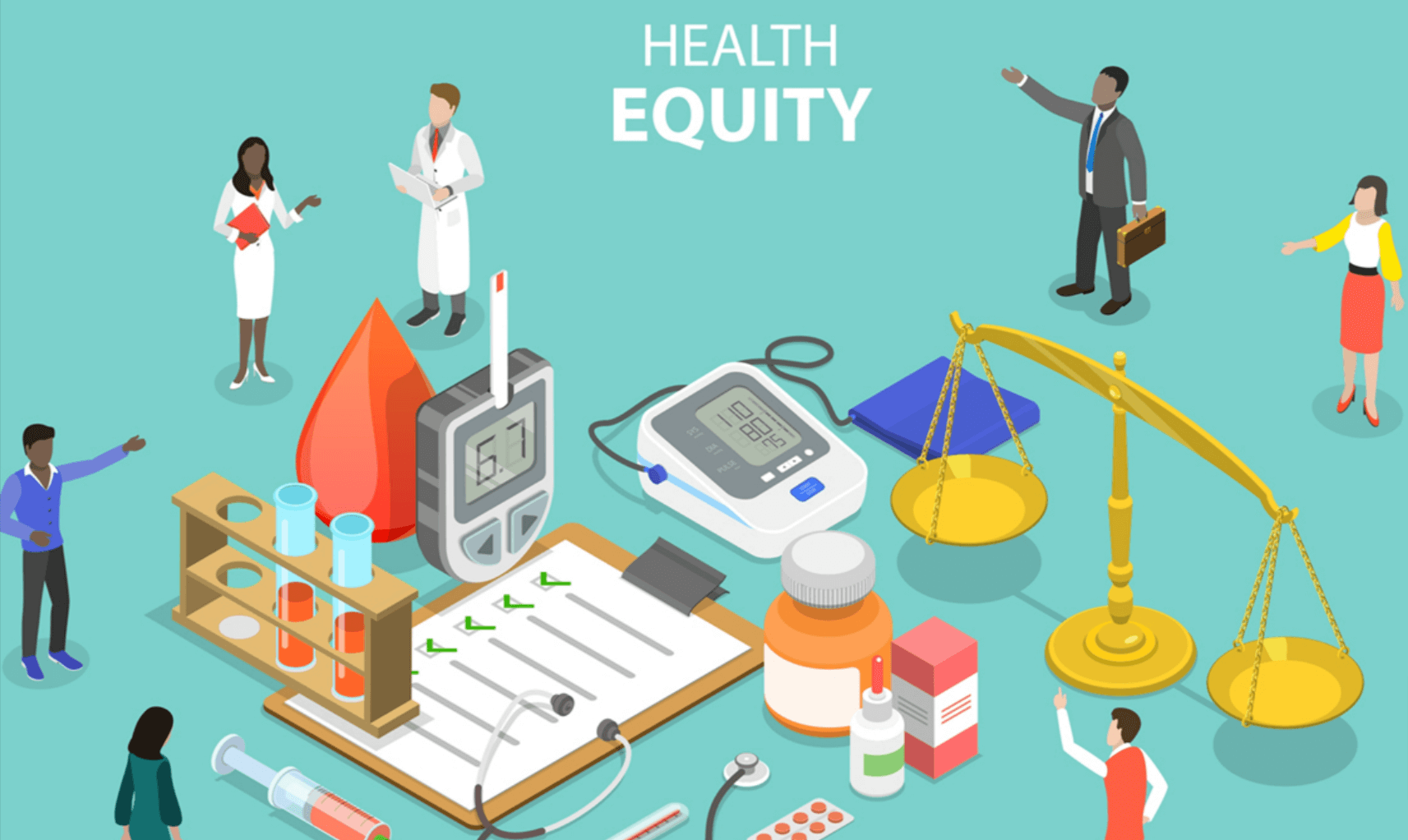The terms “health disparities” and “health ethics” are well-known terms in public health, but they are difficult to define. Ambiguous definitions of these terms can lead to misuse of resources. This article presents the need to better understand the concepts of health inequality and health equity, proposes a definition and explains its cause based on principles from the fields of ethics and human rights.
If you look up the word “inconsistency” in the dictionary, it may describe it as different, different, or different, without any definition. But when the term “health disparities” was coined in the United States around 1990, it did not refer to all health disparities among all groups of people. Instead, it targeted a different type: the poor health of vulnerable people.
In particular, members of ethnic/racial groups and economic persons of all ethnic/racial groups. However, this special situation is not common. With the publication of Healthy People 2020 in 2010, agencies no longer focused on determining health disparities, but instead defined them in broader terms, such as health disparities between different population groups. I ask to be clarified. of health
It focuses on inequality and the related term “health equity” and offers explanations based on concepts from the fields of ethics and human rights.
Why do we need a clear explanation?
Not all health disparities are different. Examples of non-health disparities include poorer health among older adults compared to younger adults, and higher rates of hand injuries among professional tennis players than among the general population, or higher rates of certain diseases among millions of people A man is not a millionaire.
Although these differences may not be high on the public health agenda,
These are important disparities that society needs to address, but not just health disparities. For example, if the health of a population appears to be poor over time, or if diseases occur in affluent communities that are not seen in poorer communities, we may focus on these health differences, but we may be interested in them for other reasons. . that the relevance. None of the following examples illustrate the concept of health inequality.
Concerns about social justice, that is, justice related to the treatment of advantaged and disadvantaged social groups in health and health care. Confusion about the meaning of health disparities and health equity can divert limited resources from their intended purpose. For example, if these terms are clearly defined, socially and economically beneficial groups can incorporate those terms and support resources to meet the health needs of community groups.
Definition of health disparities and health equity
Recognizing the need for clarity, the 2020 Health People identified the following health disparities:
“… health disparities are closely related to economic, social and environmental disadvantage. Health disparities negatively affect groups that experience greater social or economic health disparities based on their race, ethnicity, religion, economic status, gender, age, or mental health. mental, emotional or physical disability; gender orientation or gender identity; geographic location; Or other situations
“Historically, it has been associated with contempt and exclusion.”3
In this definition, economic deprivation refers to a lack of resources and opportunities. For example, low income or lack of wealth and inability to purchase goods, services and influence. Social disadvantage is a broader concept. This includes economic disadvantage, but is often related to a person’s position in the social hierarchy (hierarchy in which individuals or groups are ranked according to economic and social resources).
Race, religion, gender, sexual orientation, disability.These characteristics affect the way people act in society. In the definition of a healthy person, environmental disadvantage is living in an area with high levels of poverty and the accompanying social disadvantage.
Health equity is a core principle of our commitment to reduce and eliminate disparities in all areas of health, including health and social issues. Pursuing health equity means advocating for a high standard of health for all, with special attention to the needs of those most at risk of poor health due to social factors.
What is the basis of this explanation?More specifically, why single out and focus specifically on specific areas of health disparities associated with economic/social disadvantage? There are many reasons. First, there is substantial evidence linking economic and social disadvantage to preventable disease, disability, pain, and premature death.4–9 Another article in this appendix10 discusses some of those recommendations. Secondly, you may face economic/social problems.
They improve social policies, such as low-income laws, progressive taxes, and laws that prohibit housing, discrimination based on race, gender, disability, and immorality.This definition is also based on principles from the fields of ethics and human rights.11 Daniels and other ethicists pointed out that health is necessary to work in all areas of life.
Therefore, the resources necessary for health, including health care12 as well as living conditions and working conditions13, should not be considered goods, such as designer clothes or luxury cars. Instead, distribute it as needed. disgusting Health disparities reflect society’s value that everyone has access to health, as health is essential to well-being, longevity, and economic and social participation.







